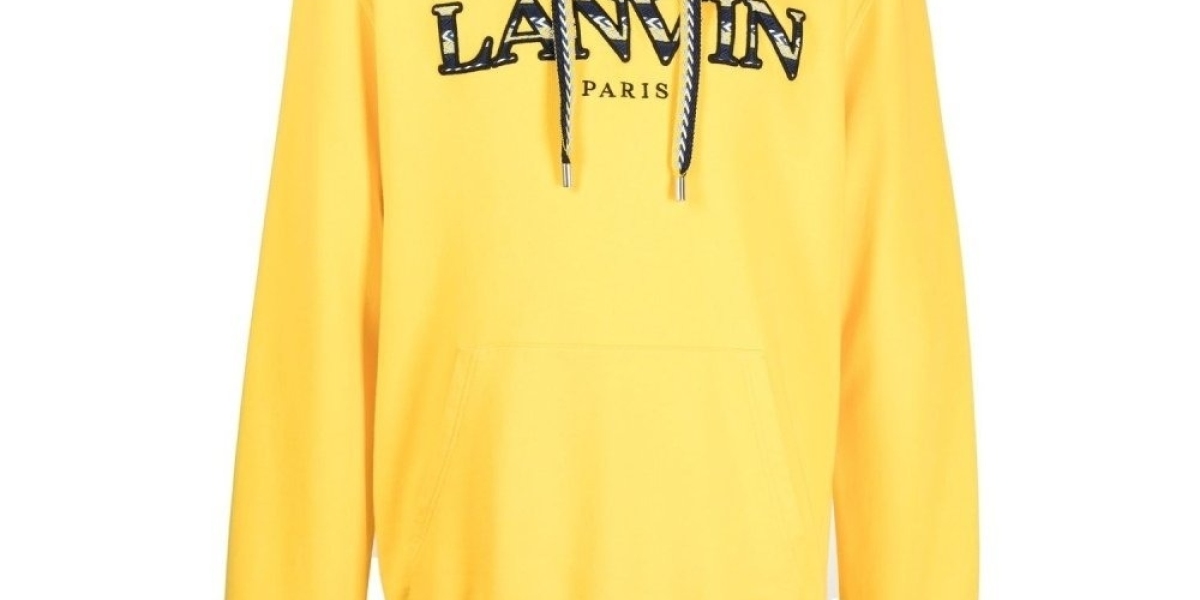Lanvin, the oldest couture house in France still in operation, is a name that resonates with elegance, sophistication, and innovation. Founded in 1889 by Jeanne Lanvin, the brand has grown from a modest millinery shop into a global symbol of luxury fashion. Through its rich history, Lanvin has continuously adapted to the changing tides of fashion, maintaining its relevance while staying true to its core values of craftsmanship and creativity.
This article delves into the fascinating history of Lanvin, tracing its journey from a Parisian couture house to a modern luxury brand that continues to influence the fashion world.
The Early Years: Jeanne Lanvin’s Vision
Jeanne Lanvin’s story began in Paris, where she started her career as a milliner. Born in 1867, she was the eldest of 11 children and began working as an apprentice milliner at a young age. Her talent for design soon became evident, and in 1889, she opened her own hat shop on the Rue du Faubourg Saint-Honoré.
Jeanne’s designs quickly gained popularity, and her clientele grew to include some of the most fashionable women in Paris. However, it was her daughter, Marguerite, who inspired her to expand her business beyond millinery. Jeanne began designing clothes for her daughter, and these creations garnered attention from other mothers who wanted similar outfits for their children. This led Jeanne to establish a children’s wear line, marking the official start of the Lanvin fashion house.
By 1909, Jeanne Lanvin was accepted into the Syndicat de la Couture, the governing body of French fashion, officially establishing her as a couturière. This marked a significant milestone in her career, as it allowed her to expand her offerings to include women’s couture, menswear, lingerie, and more. The Lanvin brand was born, characterized by its unique blend of elegance, femininity, and meticulous attention to detail.
The Golden Age: 1920s and 1930s
The 1920s and 1930s are often regarded as the golden age of Lanvin a period during which the brand flourished and became a leading name in the fashion industry. Jeanne Lanvin’s designs during this era were celebrated for their intricate detailing, luxurious fabrics, and innovative silhouettes.
One of the most iconic creations from this period was the "robe de style," a dress characterized by its wide skirts and fitted bodice. This design was a departure from the more androgynous flapper styles of the time, offering a more romantic and feminine alternative. The robe de style became a signature piece for Lanvin, embodying the brand’s dedication to timeless elegance.
During this time, Jeanne Lanvin also expanded her brand’s offerings to include a range of luxury goods, from fragrances to home décor. In 1927, she launched her first perfume, Arpège, inspired by the sound of her daughter practicing the piano. Arpège became an instant classic and remains one of the most iconic fragrances in the world.
Lanvin’s success during this period was not limited to fashion alone. Jeanne Lanvin was a visionary who understood the importance of creating a comprehensive brand experience. She collaborated with artists and craftsmen to create everything from fabrics to furniture, ensuring that the Lanvin aesthetic extended beyond clothing to encompass all aspects of a luxurious lifestyle.
Post-War Era: Navigating Changing Tides
The post-war era brought significant changes to the fashion industry, and Lanvin, like many other couture houses, faced the challenge of adapting to a rapidly evolving market. Jeanne Lanvin passed away in 1946, leaving behind a legacy of elegance and innovation. Her daughter, Marguerite, took over the business, ensuring that her mother’s vision continued to guide the brand.
During the 1950s and 1960s, Lanvin remained a respected name in haute couture, known for its refined and sophisticated designs. However, the rise of ready-to-wear fashion began to shift consumer preferences, and the demand for couture began to decline. Lanvin, like many other luxury brands, had to find a way to balance its couture heritage with the growing popularity of ready-to-wear.
The brand adapted by introducing ready-to-wear collections, which allowed it to reach a broader audience while still maintaining its commitment to quality and craftsmanship. This move was essential in keeping Lanvin relevant in a rapidly changing fashion landscape.
The Modern Era: Revival and Reinvention
The modern era of Lanvin began in the early 2000s with a series of changes that would revive the brand and reestablish it as a leader in the luxury fashion industry. One of the most significant moments in Lanvin’s recent history was the appointment of Alber Elbaz as creative director in 2001.
Elbaz, an Israeli designer with a background in both couture and ready-to-wear, brought a fresh perspective to Lanvin. His designs were characterized by their blend of classic elegance and modernity, making them instantly appealing to a new generation of fashion enthusiasts. Elbaz’s tenure at Lanvin was marked by a series of critically acclaimed collections that reinvigorated the brand and attracted a loyal following.
Under Elbaz’s direction, Lanvin became known for its luxurious yet accessible designs, with a particular emphasis on evening wear, draping, and embellishments. His ability to create pieces that were both timeless and contemporary resonated with women around the world, solidifying Lanvin’s place in the modern fashion landscape.
Elbaz also played a crucial role in expanding Lanvin’s offerings to include accessories, handbags, and shoes, further enhancing the brand’s appeal. His departure in 2015 marked the end of an era for Lanvin, but his influence on the brand’s modern identity remains significant.
Lanvin Today: Continuing the Legacy
Today, Lanvin continues to be a major player in the luxury fashion industry, with a focus on both preserving its heritage and innovating for the future. The brand has seen several changes in leadership, each bringing a new vision to the house while respecting its rich history.
In 2019, Lanvin appointed Bruno Sialelli as creative director, marking a new chapter in the brand’s evolution. Sialelli, who previously worked at Loewe and Balenciaga, brings a youthful and eclectic approach to Lanvin, blending the brand’s classic elegance with contemporary influences. His collections have been well received, particularly for their fresh take on Lanvin’s heritage, with a focus on bold colors, patterns, and innovative silhouettes.
Under Sialelli’s direction, Lanvin has also embraced digital innovation, expanding its online presence and engaging with a new generation of consumers. The brand’s commitment to sustainability has also become a key focus, with initiatives aimed at reducing its environmental impact and promoting ethical practices in the fashion industry.
The Enduring Appeal of Lanvin
gallery dept shirt enduring appeal lies in its ability to balance tradition with innovation. The brand’s history is a testament to its commitment to quality, craftsmanship, and creativity, values that continue to define Lanvin today. Whether through the romantic designs of the 1920s, the sophisticated elegance of the post-war era, or the modern luxury of today, Lanvin has consistently remained at the forefront of fashion.
The brand’s ability to evolve while staying true to its core values has ensured its continued relevance in an industry that is constantly changing. Lanvin’s legacy is not just about the clothes it creates, but about the lifestyle it represents—a lifestyle of elegance, sophistication, and timeless beauty.
As Lanvin continues to innovate and expand, it remains a symbol of Parisian luxury, offering a blend of tradition and modernity that appeals to fashion lovers around the world. From its humble beginnings as a millinery shop to its current status as a global luxury brand, Lanvin’s history is a remarkable journey of creativity, resilience, and enduring style.









